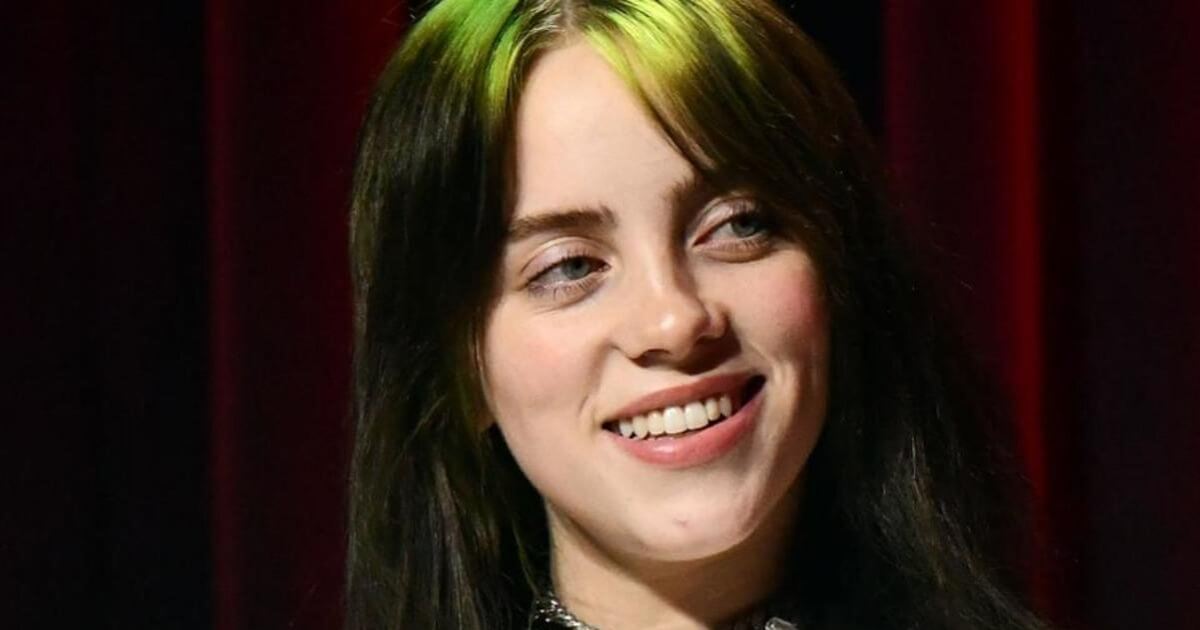For some cancer survivors, a little support from someone you admire can make all the difference. For a young woman with brain cancer, a video message from popular singer Billie Eilish has meant the world.
“Lillie this is Billie,” Eilish said in a video she sent to the teen, 14-year-old Lillie. “I’m making this video right now to tell you how much I love you, how much I care about you, I hope the best for you, I hope you’re feeling okay.”
Thank you to @billieeilish for being the most amazing celebrity to ever exist. This meant more to my baby sister than you will ever know. You have a forever fan in me â¤ï¸ #braincancer #BillieEilish #ChildhoodCancer #thankyou #cancer #CancerAwareness #fuckcancer pic.twitter.com/UiHzTS7Smd
Read MoreSavannah (@Savanna13563943) December 2, 2019 Savannah just might be one of the most amazing sisters ever, posting on Facebook a heartfelt request for donations for Lilly’s treatment. Savannah shares that just three weeks after Lilly’s 14th birthday, she went into the hospital for an MRI after being treated for unconfirmed celiac and "severe acid reflux,” and the cancer was discovered.
Eilish first rose to fame after releasing the song “Ocean Eyes” on SoundCloud, and is perhaps best known for her song “Bad Guy,” which topped the Billboard 100 charts. She has been nominated for six Grammy Awards, and is the youngest star ever to be nominated for the “Big Four” most coveted Grammys, “Record of the Year” Album of the Year,” “Song of the Year” and “Best New Artist.” She’s also currently in the middle of a brouhaha for telling Jimmy Kimmel that she has never heard of the rock band Van Halen.
Information about Childhood Neuroblastoma
While we don’t know the details of Lillie’s illness, we do know that Neuroblastoma is the most common type of brain cancer among children. Neuroblastoma accounts for about 7% to 10% of all pediatric cancers in the U.S., with about 800 new cases identified each year. It accounts for more than 50% of cancers diagnosed under the age of 1, according to the Children's Hospital of Philadelphia (CHOP).
Neuroblastoma develops from nerve cells in the fetus, and often affects the small glands above the kidneys called adrenal glands, but can be found in other locations such as the abdomen, chest, neck or spine. The most common primary site is the abdomen. Some forms of this cancer will spontaneously disappear on their own, but for most children, treatment such as surgery and chemotherapy and/or radiation is required, CHOP notes.
Signs of neuroblastoma vary depending on the size of the tumor and on whether the tumor has spread. If the child has a tumor in the abdomen, they may experience bellyaches, weight loss or a bigger abdomen. Some children only complain of general aches and pains.
For children with what's called "low-risk disease," who are diagnosed under the age of one or who have only small, easily removable tumors, usually undergo a simple surgical procedure with careful follow up.
Children with what's called "Intermediate-risk disease," meaning the tumor is larger and has not spread, or is a baby whose cancer has spread, treatment usually includes a combination of surgery and chemotherapy.
Learn more about SurvivorNet's rigorous medical review process.



